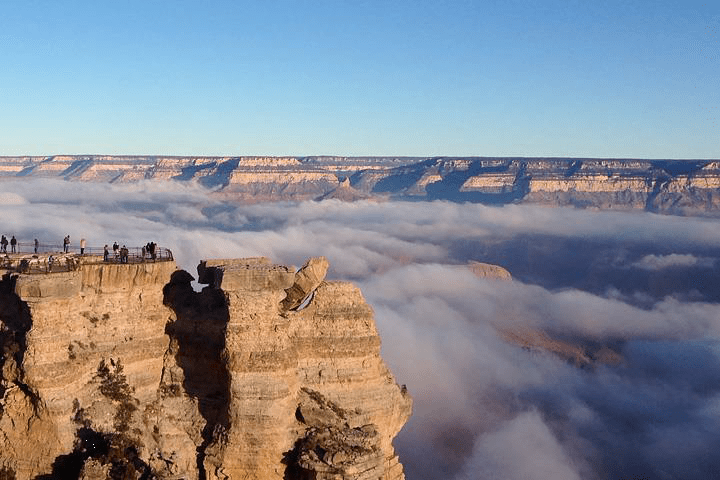We have much more to do and your continued support is needed now more than ever.
New Ozone Rule to Better Protect Wildlife, Public Health
This Thursday, the Environmental Protection Agency announced a rule that will benefit public health, vegetation, and wildlife. The Agency finalized a new standard for ozone and smog pollution of 70 parts per billion (ppb). This rule will benefit wildlife and outdoor enthusiasts by cleaning up harmful air pollution in both urban and rural areas.
Ground-level ozone is a dangerous air pollutant and the precursor to smog. It is created when Volatile Organic Compounds (VOCs) react with Nitrogen Oxides (NOx) in the presence of sunlight. The recent expansion of oil and gas production, as well as sources like vehicle exhaust, has led to vast and unhealthy concentrations of ozone in rural and urban areas alike. Under the Clean Air Act EPA has a Congressionally-mandated responsibility to review the standard for this pollutant every five years. The newest medical and scientific research finds the old standard of 75ppb, set in 2008, to be outdated and no longer considered safe for public health.

Benefits to Wildlife and Public Health
Ozone and its components (VOC’s, NOx) can impact communities and wildlife that live near and downwind of oil and gas wells. Repeated exposure to ozone can cause permanent damage to the lungs of both animals and people. Wildlife can experience many of the same symptoms as humans who live near or are active in high ozone areas such as wheezing, shortness of breath, chest pain, and even premature death.
Ozone also affects sensitive vegetation and ecosystems, including growing trees and plants, forests, parks, wildlife refuges, and wilderness areas. It can impact the ability of plants to photosynthesize, increase their susceptibility to disease and harm their visible appearance, which can impact wildlife habitat and species diversity.
In addition to the health impacts, ozone interferes with peoples’ ability to enjoy the outdoors. As the main component of smog, ozone reduces visibility. This is true not only in many of our major cities but also some of our most prominent landscapes and national parks. Ozone can also make it dangerous to be outdoors, given the elevated health risks. This makes it harder and unhealthy for people to connect to and enjoy nature. You can track your local ozone levels in real-time here, or download EPA’s free AIRNow app.

No Basis for Opposing Public Health Standards
Industry has spent an unprecedented amount of money fighting this rule, insisting, once again, that stronger air standards will drive up costs. However, time and time again we have found these objections to be a red herring. Since its inception, the Clean Air Act has successfully reduced pollution while our economy has continued to grow. The Clean Air Act provides states flexibility and ample time to craft a plan to meet the stronger standard. Further, other rules already in the works, like vehicle efficiency standards and power plant regulations, will help localities clean up smog pollution.
Combatting climate change will also help reduce future ozone pollution. Warmer temperatures caused by climate change increase the risk of unhealthy ozone levels because higher air temperatures enhance the conditions for ozone formation. Additionally, building a clean energy economy based on wind, solar, and electric vehicles will reduce sources of emissions that cause ozone.
This makes effective implementation of measures designed to reduce harmful carbon pollution – like the recently finalized Clean Power Plan – ever the more important. To really benefit wildlife and public health, it is important to continue to fight for a stricter ozone standards as well as support action on climate change.
![]() Please join us in thanking the Environmental Protection Agency by retweeting the following.
Please join us in thanking the Environmental Protection Agency by retweeting the following.
New ozone rule to better protect wildlife, public health. Thanks @EPA @GinaEPA! http://t.co/nGdSmGwrnr pic.twitter.com/tNOxU7mOpf
— Wildlife Action (@wildlifeaction) October 2, 2015





















